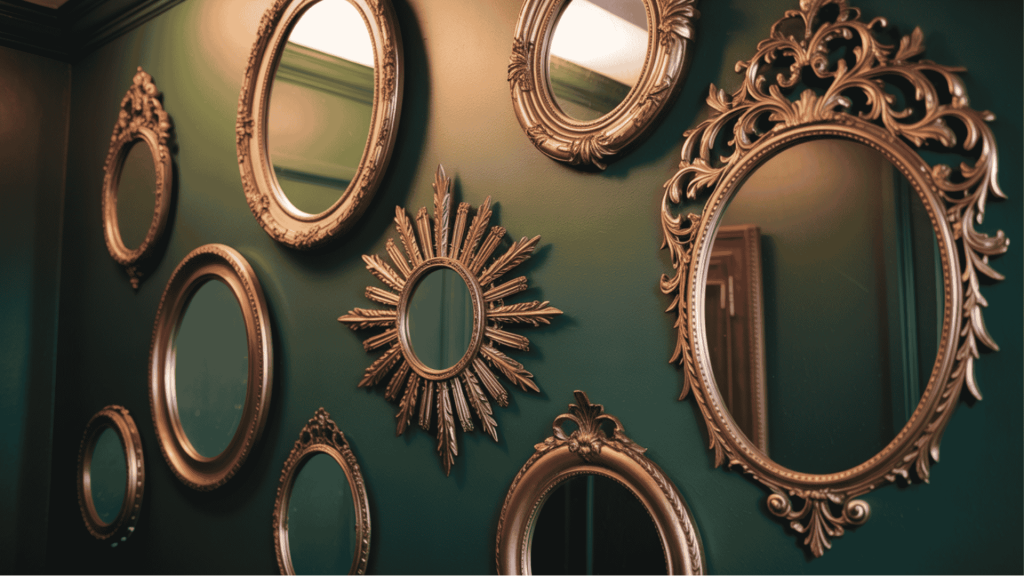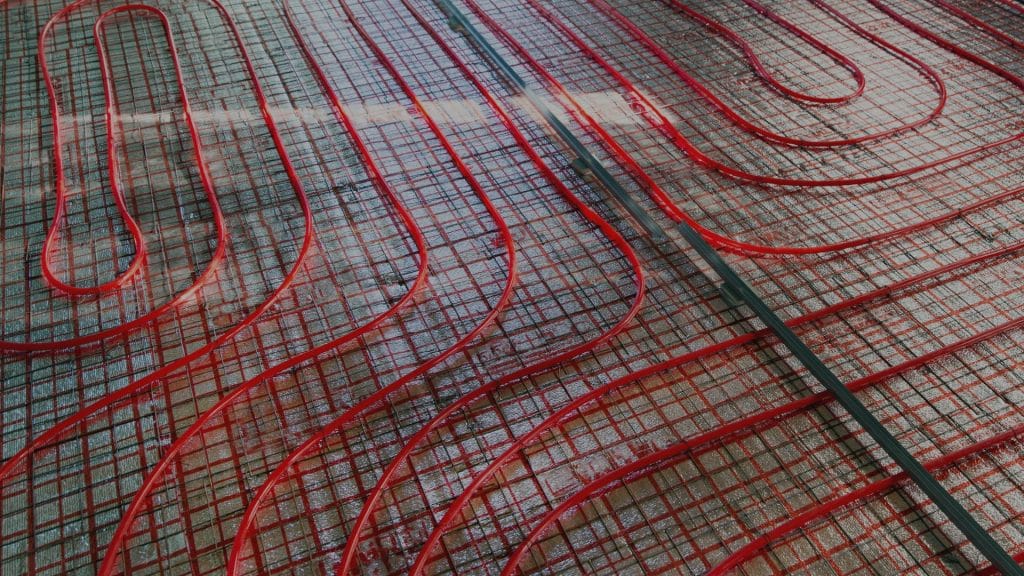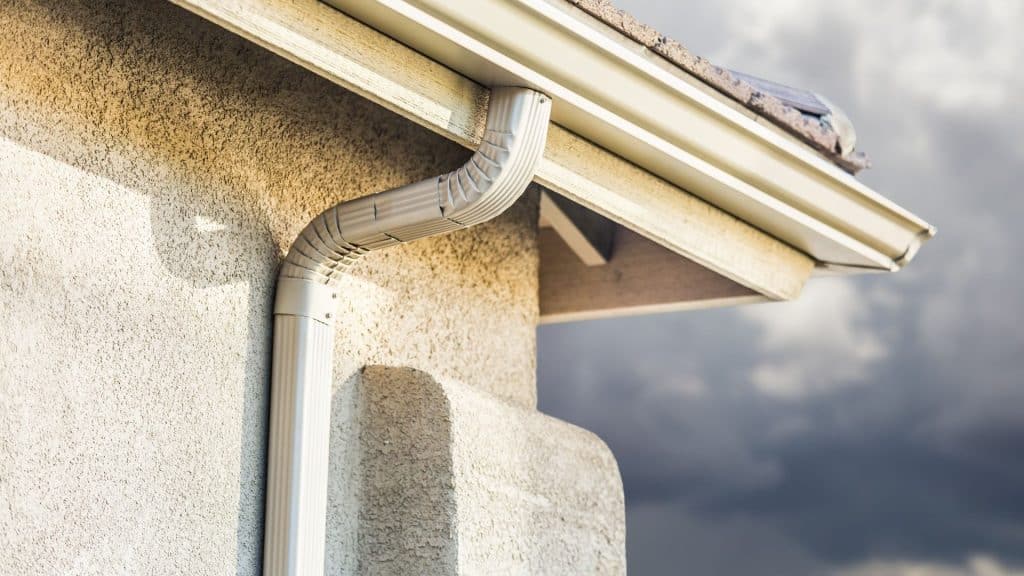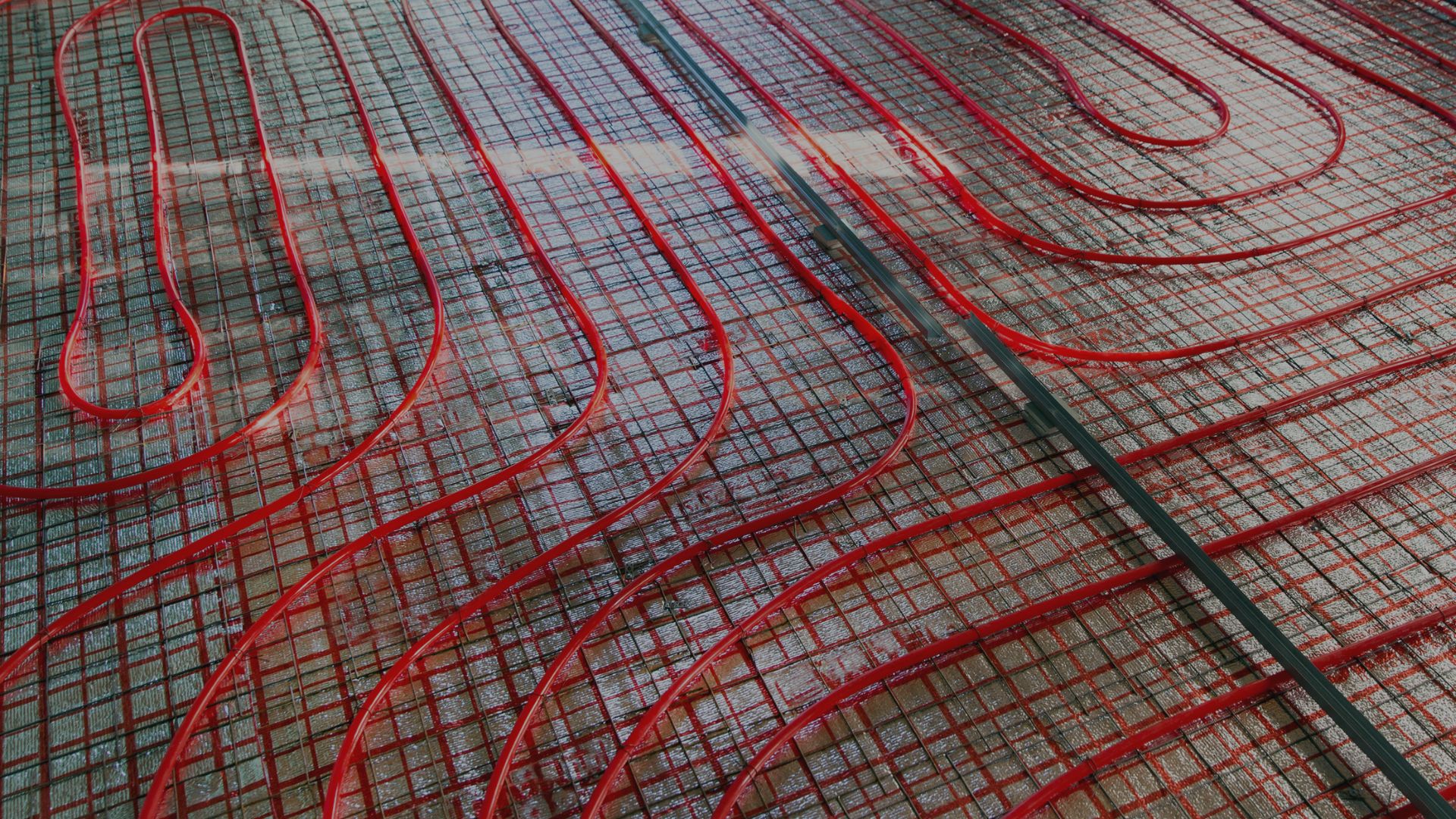Every morning when you glance in the mirror, you’re connecting with one of humanity’s oldest inventions, a creation that once felt almost magical and mysterious.
The question “when were mirrors invented?” opens a window into thousands of years of human curiosity, from still water and polished stone to the sleek glass surfaces in modern American homes.
This blog explores that remarkable evolution, tracing how early humans crafted reflective surfaces, how metallurgical and glass-making breakthroughs changed them, and how the modern mirror became a household staple.
Drawing on archaeological, historical, and scientific research, we’ll find not just dates but the fascinating story of how our reflection found its enduring place in history and culture.
Ancient Origins of the Mirror
Long before the invention of glass mirrors, humans were captivated by their own reflection. Early civilizations found creative ways to see themselves, turning natural elements and crafted materials into the first reflective surfaces.
Here’s how mirrors began taking shape:
- Nature’s reflection: Still water was humanity’s first mirror, offering a hazy but familiar glimpse of one’s face.
- Obsidian mirrors (6000 BCE): In ancient Anatolia (modern-day Turkey), volcanic glass called obsidian was polished into small, shiny discs, the earliest known mirrors.
- Metal mirrors (3000 BCE): Egyptians and Mesopotamians created mirrors from polished copper and bronze. These were prized possessions, symbolizing power, spirituality, and beauty.
- Cultural meaning: Mirrors often appeared in burial rituals and mythology, representing the soul and self-awareness.
Over time, these early efforts to capture a clearer image inspired innovations in metalworking and artistry, laying the foundation for the next great leap: the creation of glass mirrors.
From Metal to Glass: A Revolutionary Shift
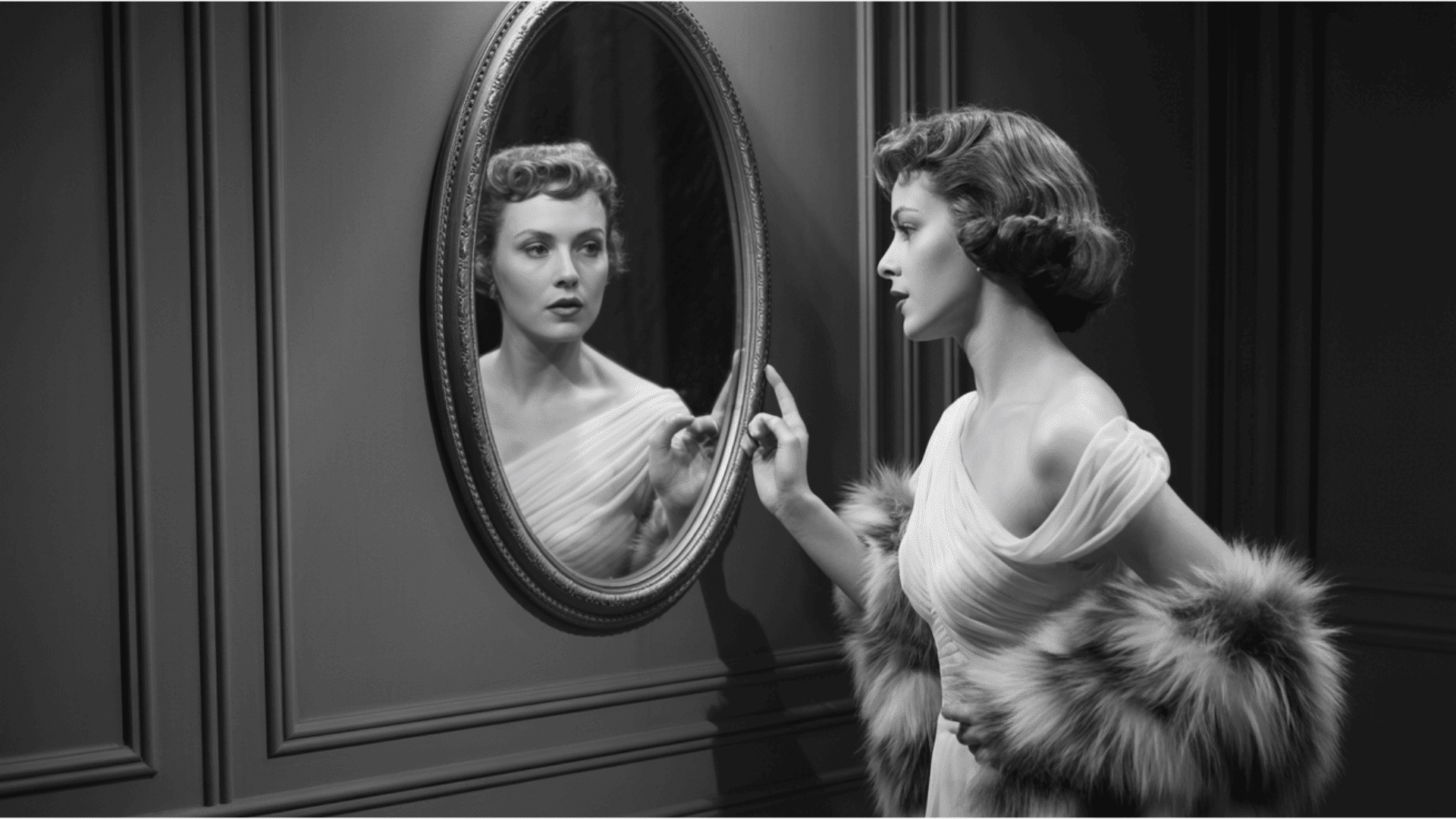
The path to the glass-backed mirror was gradual and global. In the Roman and Greek eras, highly polished metal mirrors (bronze, silver) were common among the elite.
By the 1st century CE, glass started to be used: artisans in places like ancient Sidon (modern Lebanon) created thin glass with a metal coating to improve clarity.
During the Renaissance, especially in Venice, master glassmakers developed mirrors backed by a tin-mercury amalgam. These served as prized luxury items across Europe.
For early American colonists, mirrors imported from Europe were symbolically rich and costly, reflecting both craft and status.
This transition from metal to glass meant better image quality, larger sizes, and a shift toward mirrors becoming decorative as well as functional.
The Modern Mirror: Science Meets Reflection
The major innovation that made mirrors widely affordable came in the 19th century. In 1835, German chemist Justus von Liebig developed a wet-chemical process for depositing metallic silver onto glass, known as silvering.
This method enabled the production of glass mirrors at scale and at lower cost, helping reflections become a common feature in homes across the U.S. and Europe.
Later, aluminum and other coatings improved durability and reduced cost, further mirroring the transition from being exotic to everyday.
In the American context, post-Industrial Revolution housing, consumer goods, and interior design embraced mirrors, bathrooms, and full-length mirrors, which became standard.
Thus, while reflective surfaces existed far earlier, the modern mirror as we know it really took shape in the 19th and 20th centuries.
Cultural & Scientific Impact of Mirrors
As mirrors evolved, their role went far beyond simple reflection, shaping art, advancing science, and influencing how people live and see themselves every day.
| Aspect | Key Details |
|---|---|
| Art & Symbolism | Symbol of truth, vanity, and identity in art and myth, from “through a glass, darkly” to Medusa. |
| Science & Technology | Essential in optics, telescopes, microscopes, lasers, and modern architecture. |
| Everyday Life | Influence décor, grooming, and safety through home, rear-view, and smart mirrors. |
Mirrors in Different Cultures and Global Variations
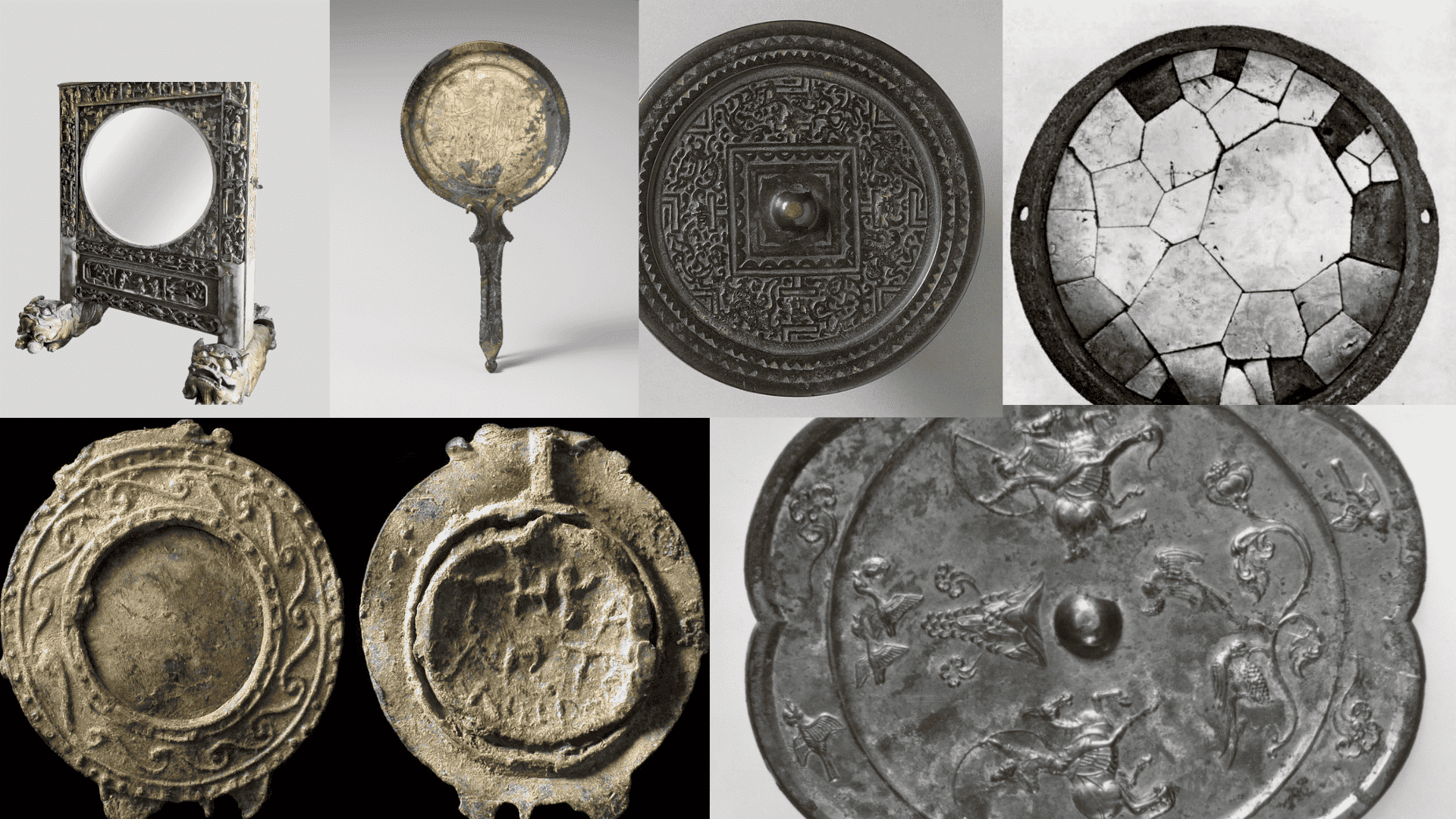
While early mirrors appeared in Anatolia and Egypt, similar innovations emerged independently around the world. Each civilization used unique materials and symbolism to reflect on the human condition.
1. China
By around 2000 BCE, ancient Chinese artisans crafted bronze mirrors with intricate patterns on the back and polished reflective fronts.
These mirrors often symbolized purity and truth, and they were used in ceremonies, tombs, and as status gifts during the Han Dynasty.
2. Pre-Columbian Americas
In regions like Mesoamerica, the Olmec, Aztec, and Maya cultures produced mirrors from iron ore, pyrite, and obsidian.
They weren’t just for grooming; they were spiritual tools believed to connect humans with deities and the cosmos. Many of these mirrors were buried with rulers and priests, reflecting their role as sacred instruments of power.
3. Greece and Rome
Greek and Roman societies preferred bronze and silver mirrors, sometimes encased in ornate handles or cases. They were common among wealthy women and often depicted in classical art.
Beyond vanity, mirrors were associated with self-knowledge and were sometimes offered in temples to honor deities such as Venus.
4. India and the Middle East
Ancient Indian texts mention metal mirrors as luxury items, while in Persia and Mesopotamia, mirrors symbolized divine clarity and introspection, often linked with spiritual rituals.
These regions viewed reflection as both physical and metaphysical, connecting the outer image with inner truth.
Global Timeline of Mirror Invention
After exploring how mirrors shaped culture, science, and everyday life, it’s fascinating to step back and see how their story unfolded across time and continents.
Each era brought a new leap in materials and technique, from volcanic glass to polished metals to the gleaming silvered glass we know today. Here’s how the mirror’s journey evolved around the world:
| Era | Material | Region | Key Development |
|---|---|---|---|
| 6000 BCE | Obsidian | Anatolia (Turkey) | Earliest known crafted mirror surfaces. |
| 4000-3000 BCE | Copper / Bronze | Egypt, Mesopotamia, China | Polished metal mirrors used for ritual & status. |
| 1st Century CE | Glass + Metal backing | Roman Empire / Sidon | Early glass mirrors appear. |
| 16th Century | Tin–Mercury Glass | Venice (Italy) | Luxury mirrors make a major leap in clarity. |
| 1835 | Silver-Glass | Germany | Justus von Liebig’s silvering process begins modern mirror production. |
| 20th Century | Aluminium-coated Glass | Global | Mirrors become common, affordable, household items. |
From Ancient Reflection to Modern Home Use

The mirrors we use today are the result of thousands of years of craftsmanship, science, and creativity. What began as a simple polished stone has evolved into sleek, high-tech designs found in every home.
- Modern mirrors in U.S. homes: Frameless bathroom mirrors and full-length styles add both function and design. Smart mirrors now feature lighting, touch controls, and even built-in displays.
- How they’re made today: Glass remains the foundation, coated with aluminum or silver for clarity and shine. Many U.S. manufacturers now use eco-friendly processes and recycled materials.
- Fun fact: The earliest polished-stone mirrors are over 8,000 years old, while the first true silvered glass mirror was created by Justus von Liebig in 1835.
From ancient rituals to modern interiors, mirrors have become more than reflectionsthey’re pieces of living history in our homes.
Conclusion
The answer to when mirrors were invented isn’t defined by a single discovery; it’s a reflection of human progress over thousands of years.
From still pools and polished obsidian to silvered glass and high-tech coatings, mirrors reveal how art, science, and craftsmanship evolved together.
Every mirror in an American home today carries traces of ancient innovation and 19th-century chemistry that made reflection universal. So, the next time you look in your mirror, take a second to appreciate the history staring back at you.
Curious to learn more? Explore how materials and design trends continue to shape modern mirrors and learn which types best fit your home’s style and lighting.

